The Top 5 Plastic Alternatives For Your Kitchen
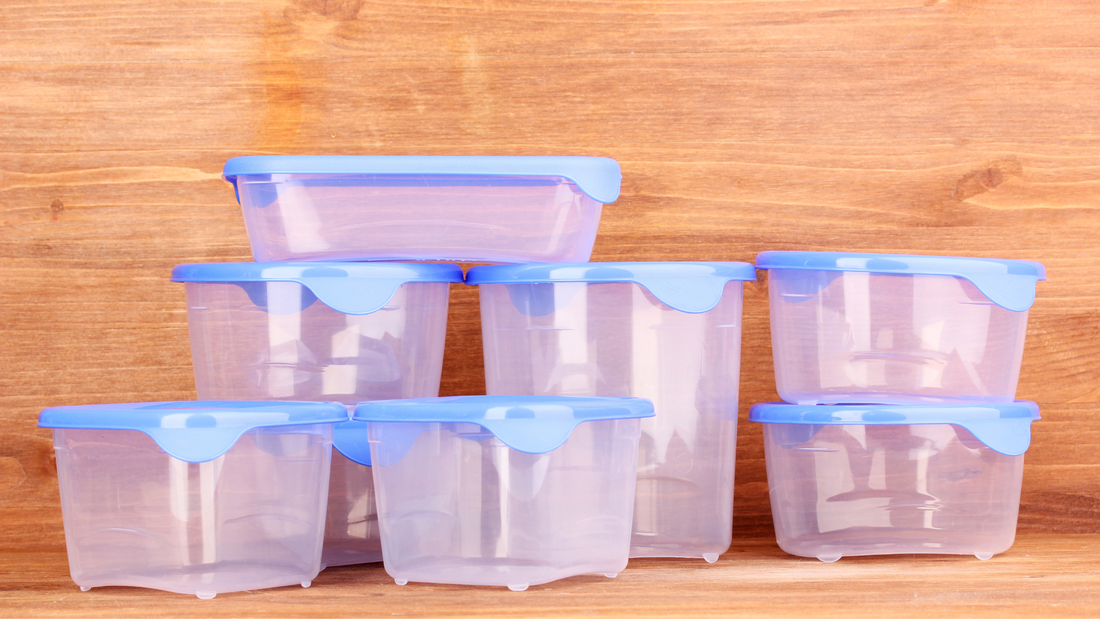
Plastic is everywhere. In fact, an estimated 14.5 million tons of plastic containers and packaging were made in 2018. Moreover, there’s an estimated 260,000 tons of plastic floating on the ocean’s surface. This material makes up the majority of food storage containers and utensils in the average household. It’s lightweight, reusable, and affordable characteristics make plastic an attractive material for kitchen utensils and storage.
But plastic has been under a lot of heat for its long-term environmental and health impact. Is plastic bad for your health? If so, are there better alternatives for your plastic cookware and storage containers?
Let’s take a look.
The dangers of plastic
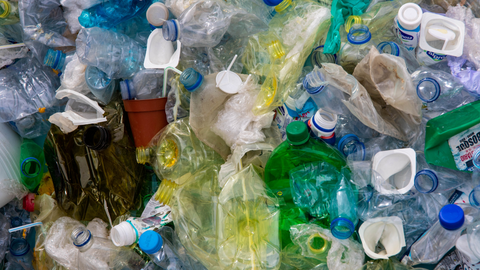
According to The Journal of Food Science, at least 74,000 particles of microplastics, fragments of plastic, are ingested by humans each year. With all of the plastic around us–and more disturbingly in us–it’s important to know what makes up the plastic that we store food in and cook with.
Plastic products contain chemical additives, including but not limited to bisphenol A (BPA), heavy metals, polychlorinated biphenyls (PCBs), phthalates, fluorinated compounds, and more, and are associated with serious health problems. These toxins can lead to reduced fertility, hormone-related cancers, immune suppression, and developmental disorders, to name a few.
Chemicals in plastic can also easily leach out of the plastic and into our food and beverages (1). This is especially true when heating your food in plastic containers. BPA, a chemical used to make plastics since the 1950s, has been linked to reproductive disorders and hormone disrupters (2).
Plastic Alternatives
Here are 5 plastic alternatives for your kitchen:
1. Glass
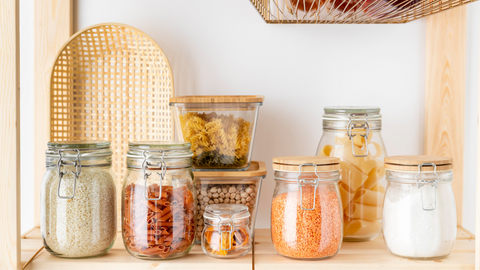
Glass containers and canning jars make great storage containers. Not only are they microwave- and dishwasher-safe, but they can be reused many times without the risk of chemical exposure.
2. Silicone bags
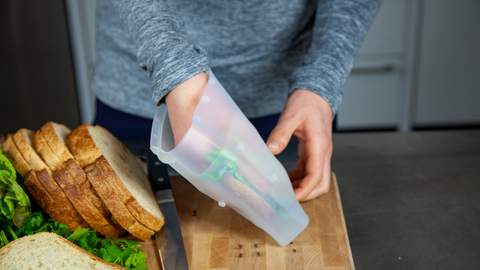
Replace those plastic Ziplocs with reusable silicone bags. These bags are food safe and contain no BPA, latex, lead, or phthalates.
3. Beeswax Wraps
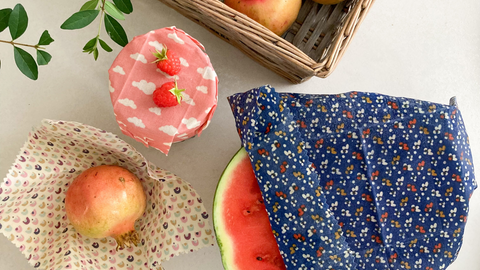
Beeswax wraps are a great alternative to plastic wrap. Made of beeswax, they are naturally heat activated so they can be easily shaped with your hands to form a seal for storage.
4. Wood spoons and spatulas
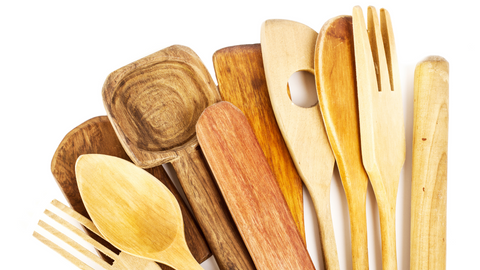
Wood spoons and spatulas make great alternatives to plastic utensils. Unlike plastic utensils, wood can withstand heat and last for a long time. Wood cutting boards are also a non-toxic and eco-friendly alternative to plastic.
5. Stainless steel
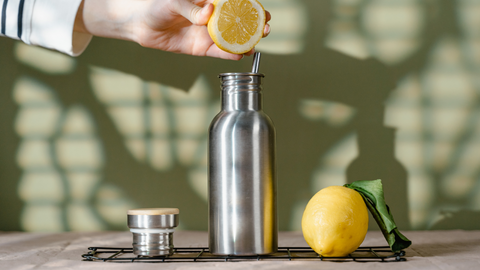
Ditch those plastic water bottles and replace them with stainless steel. Stainless steel preserves the temperature of your beverage and also makes a great alternative to plastic water bottles.
It may feel overwhelming to clear out your plastic products all at once, but start simple. Evaluate which cooking utensils and storage containers you use most, and start there. These simple changes will make a long-term positive impact on your health and the environment.
Sources:
https://www.health.harvard.edu/staying-healthy/is-plastic-a-threat-to-your-health
https://www.ncbi.nlm.nih.gov/pmc/articles/PMC2774166/
